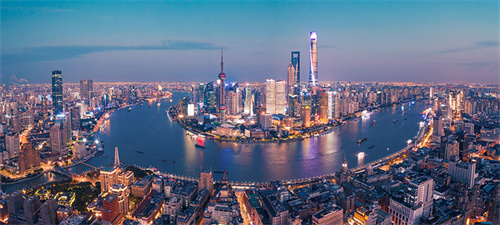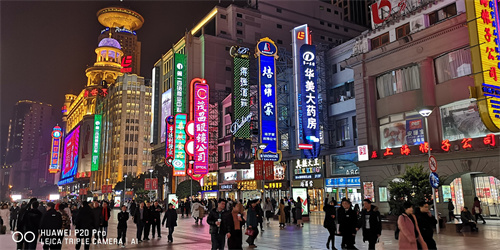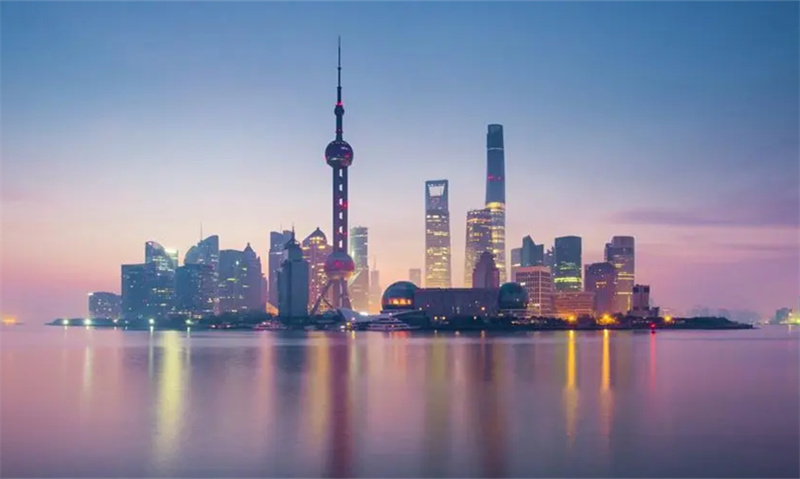Territory
China is located at the east coast of the largest continent (Eurasia) as well as the western margin of the largest ocean (Pacific). It has a land area of about 9.6 million square km, occupying 6.5 percent of the total land area of the world. From the confluence of the Heilong River and its tributary, the Wusuli River, westward to the Pamir Plateau, the distance is more than 5200 km. From midstream of the Heilong River north of Mohe, southward to Zengmu Shoal of the Nansha Islands near the equator, the distance is more than 5500 km. Its population of more than 1.3 billion accounts for approximately one-fifth of the world population...
MOREStudy in Shanghai
The economic center and the most international city of China.
City Type: Metropolitan
Climate: Moderate
Air Quality: Good Air Quality
Average: 1500 -- 2000 RMB
University Amount: 34
Shanghai, Hu for short, is situated on the estuary of Yangtze River of China. It is the largest industrial city in China. Covering an area of 5,800 square kilometers (2,239 square miles), Shanghai has a population of 18.7 million, including 2 million floating population.
Originally, Shanghai was a seaside fishing village and in time its gradual development led to it being granted County status on August 19th, 1291 during the Yuan Dynasty (1271-1368). Hence this day became the anniversary of the founding of Shanghai. Today's Shanghai is a multi-cultural metropolis with both modern and traditional Chinese features. Bubbling Shanghai shows off every aspect of her unique glamour.

Serving as the largest base of Chinese industrial technology, the important seaport and China's largest commercial and financial center, shanghai draws the attention of the whole world.
Modern Shanghai has three key areas of interest to the visitor. These comprise Sightseeing, Business and Shopping centered upon People's Square and along the Huangpu River. The city's Cultural Center with its public activities and community facilities and finally the main Entertainment and Holiday Tourism area is located at Mt. Sheshan, Chongming Island, Dingshan Lake and Shenshuigang Area.

Known as "the Oriental Paris", Shanghai is a shopper's paradise. One of the musts for tourists is Nanjing Road. Huaihai Road intrigues those with modern and fashionable tastes, while Sichuan North Road meets the demands of ordinary folk. In addition, Xujiahui Shopping Center, Yuyuan Shopping City, Jiali Sleepless City are thriving and popular destinations for those who are seeking to buy something special as a memento of their visit.
A wide variety of cuisines can be found in the City and today Shanghai offers a plethora of culinary delights focusing on the traditions of Beijing, Yangzhou, Sichuan, Guangzhou as well as its own local dishes. Shanghai's restaurants are among the finest to be found in China and they welcome diners from anywhere at any time.



















